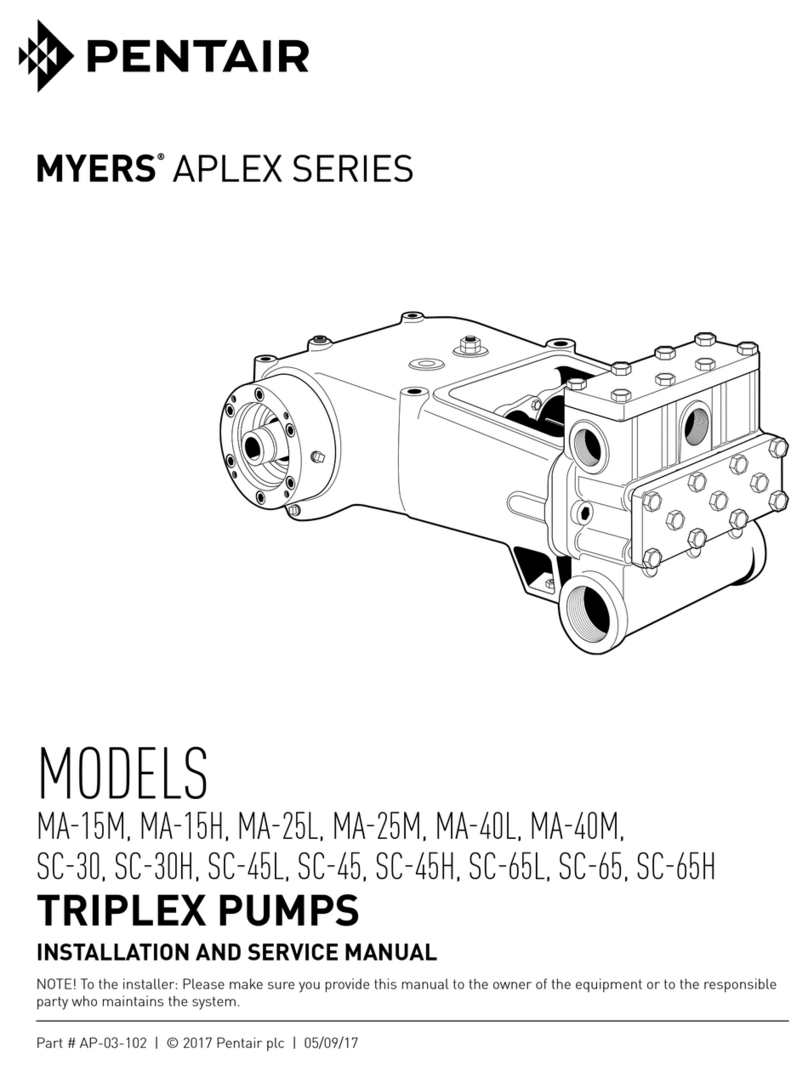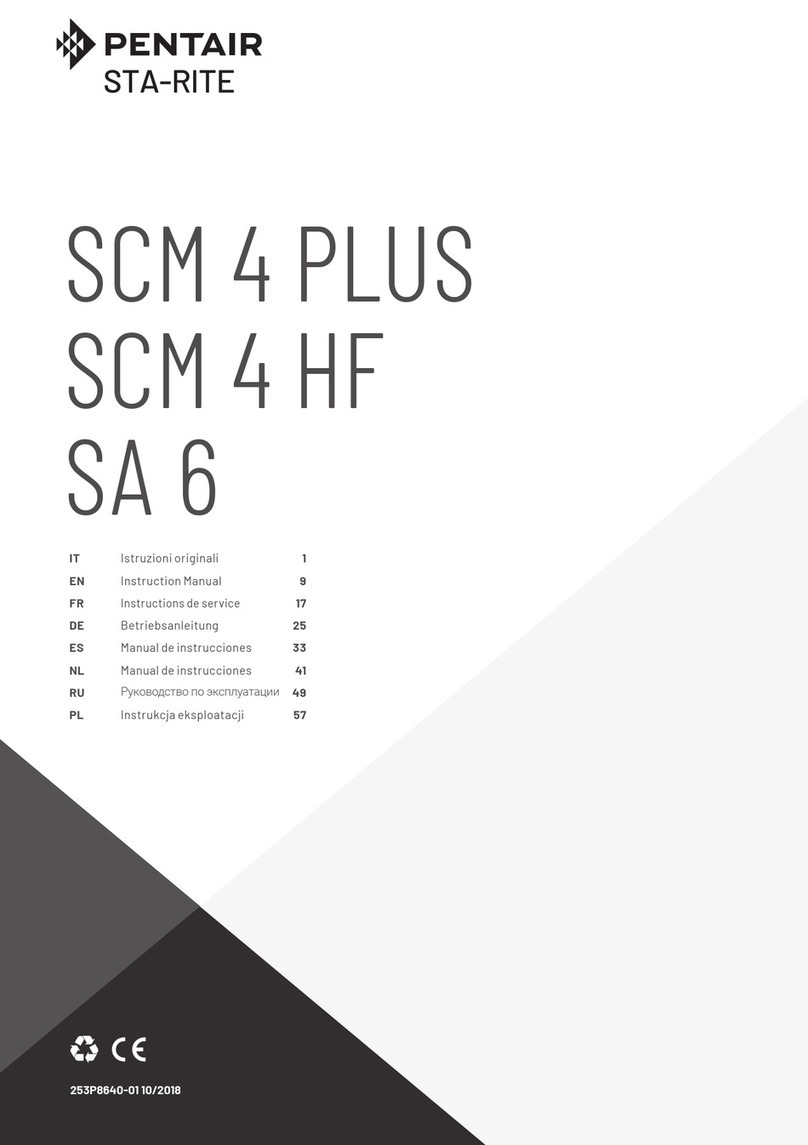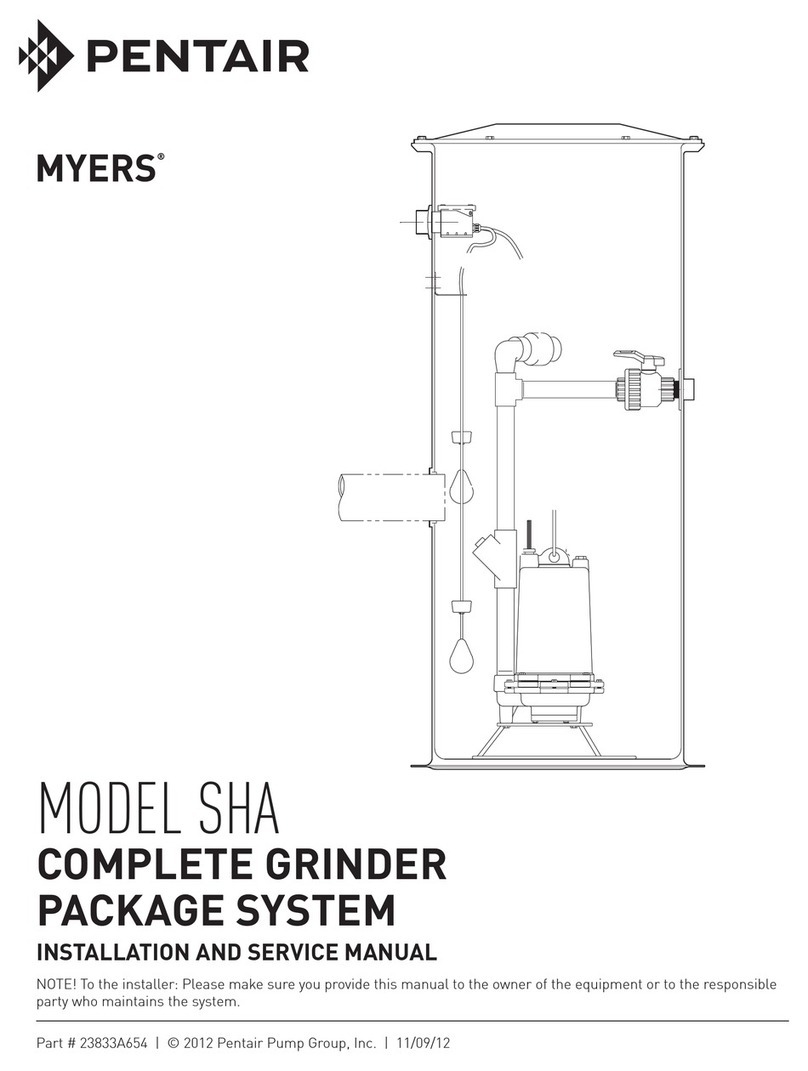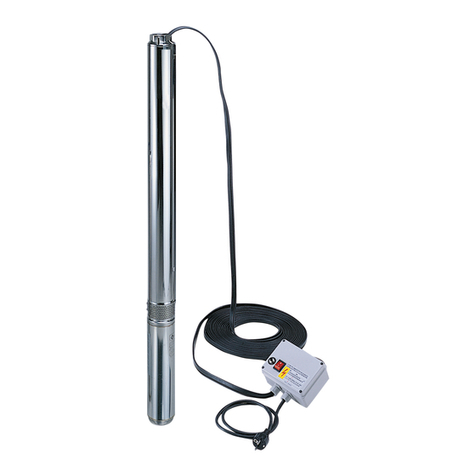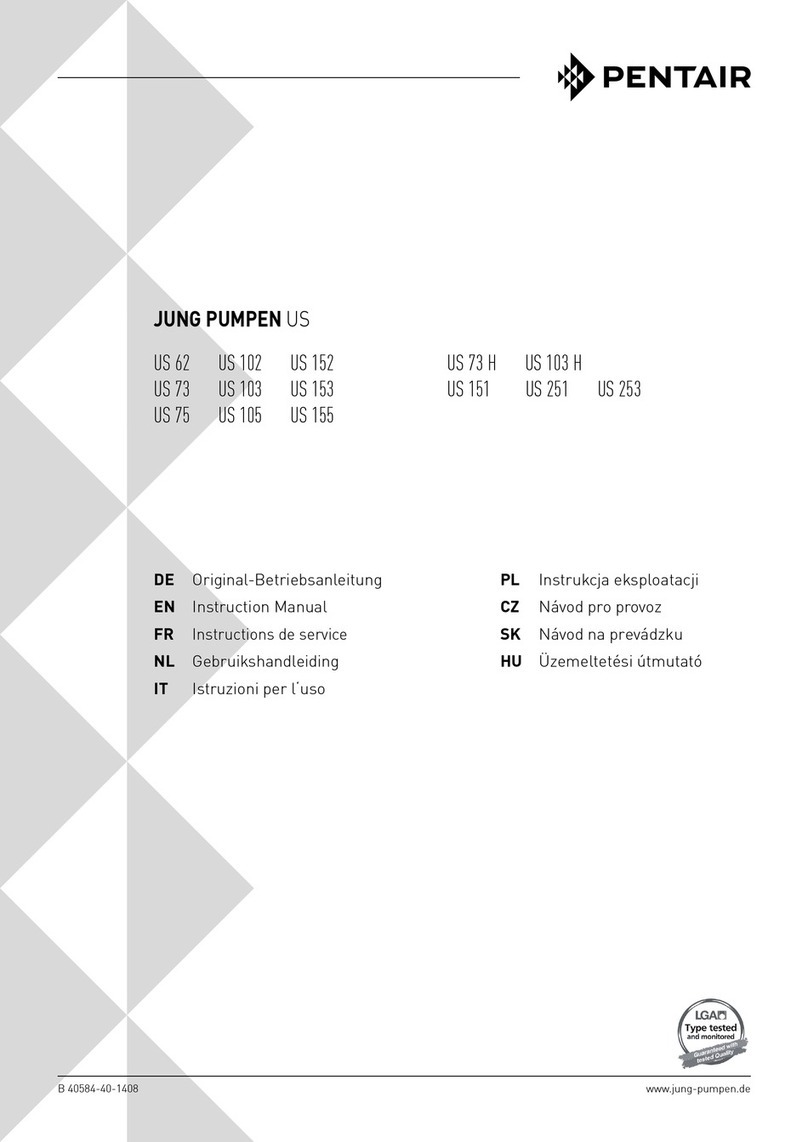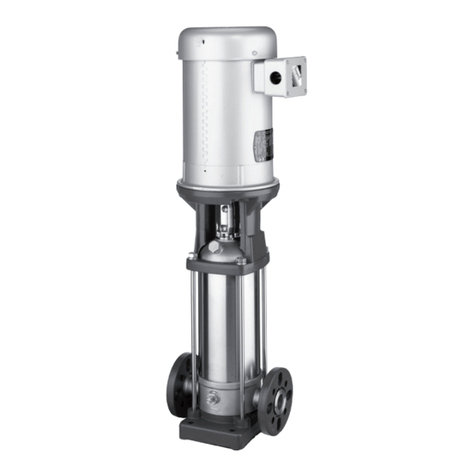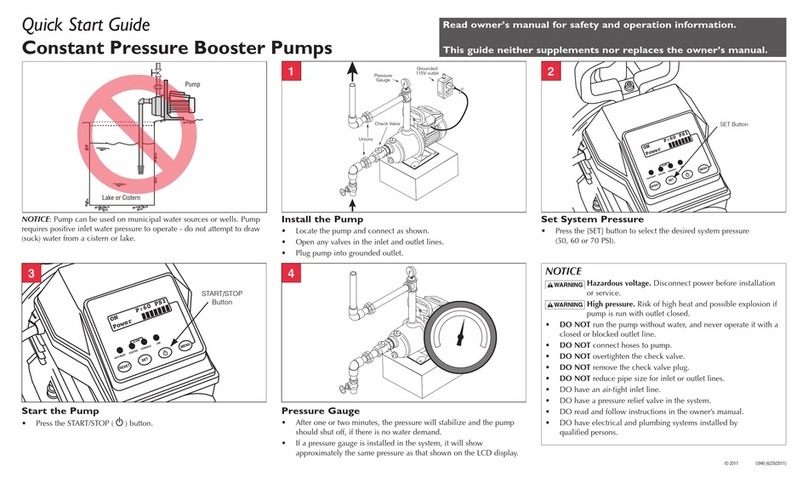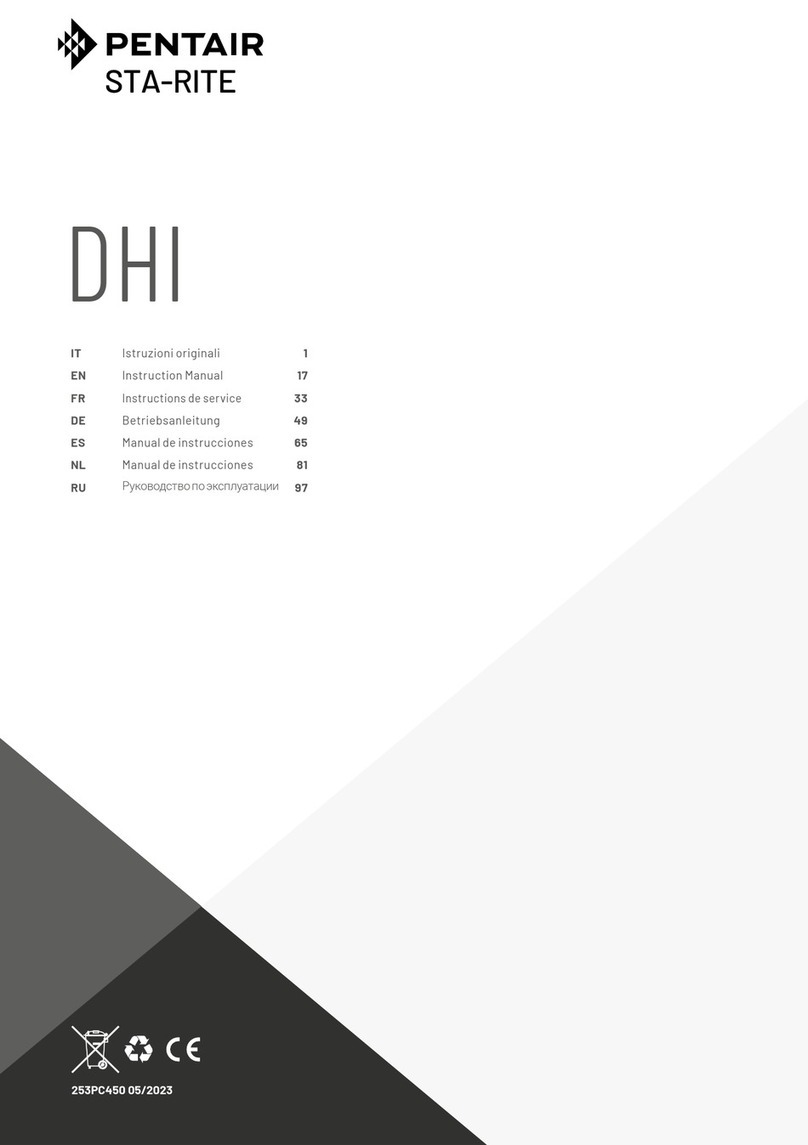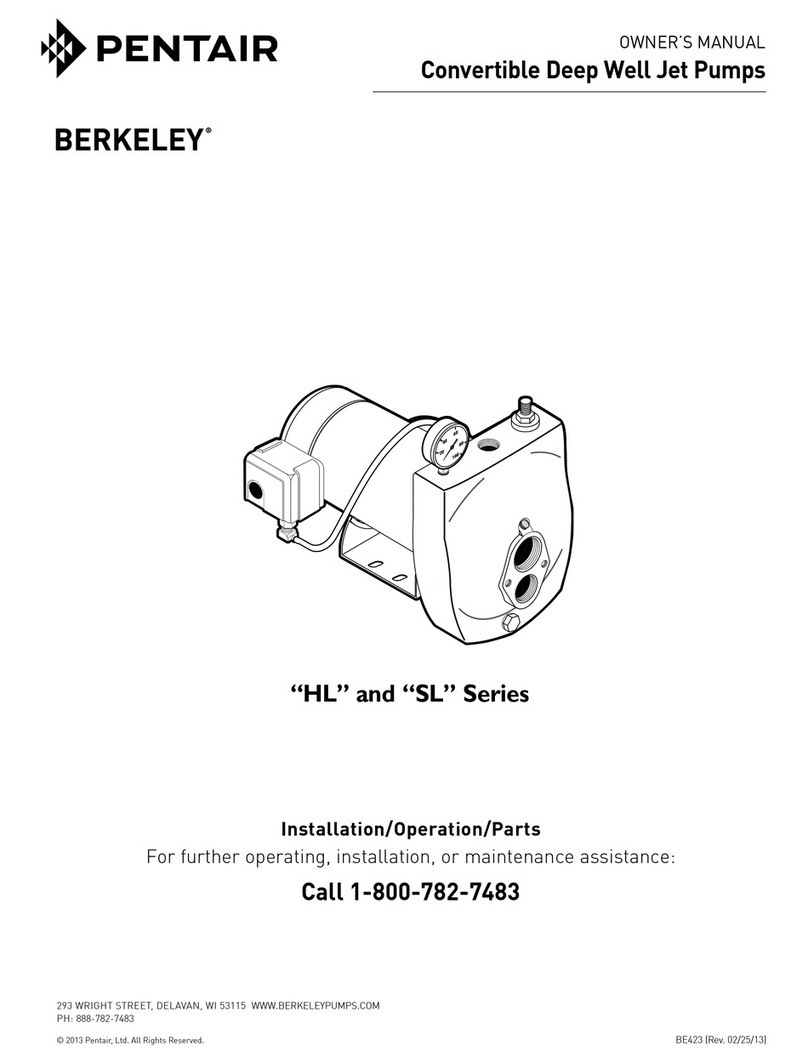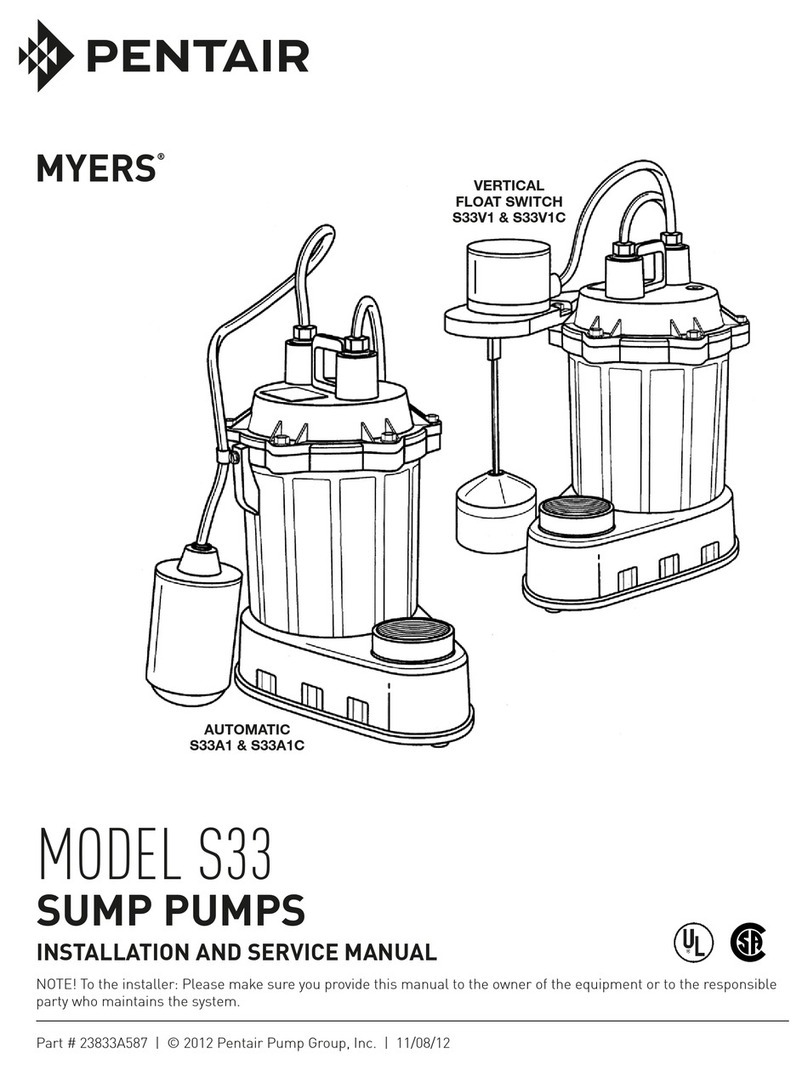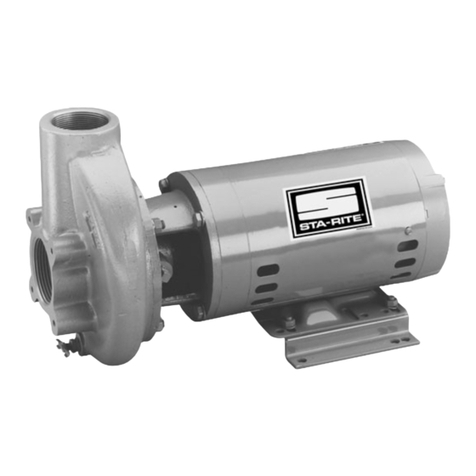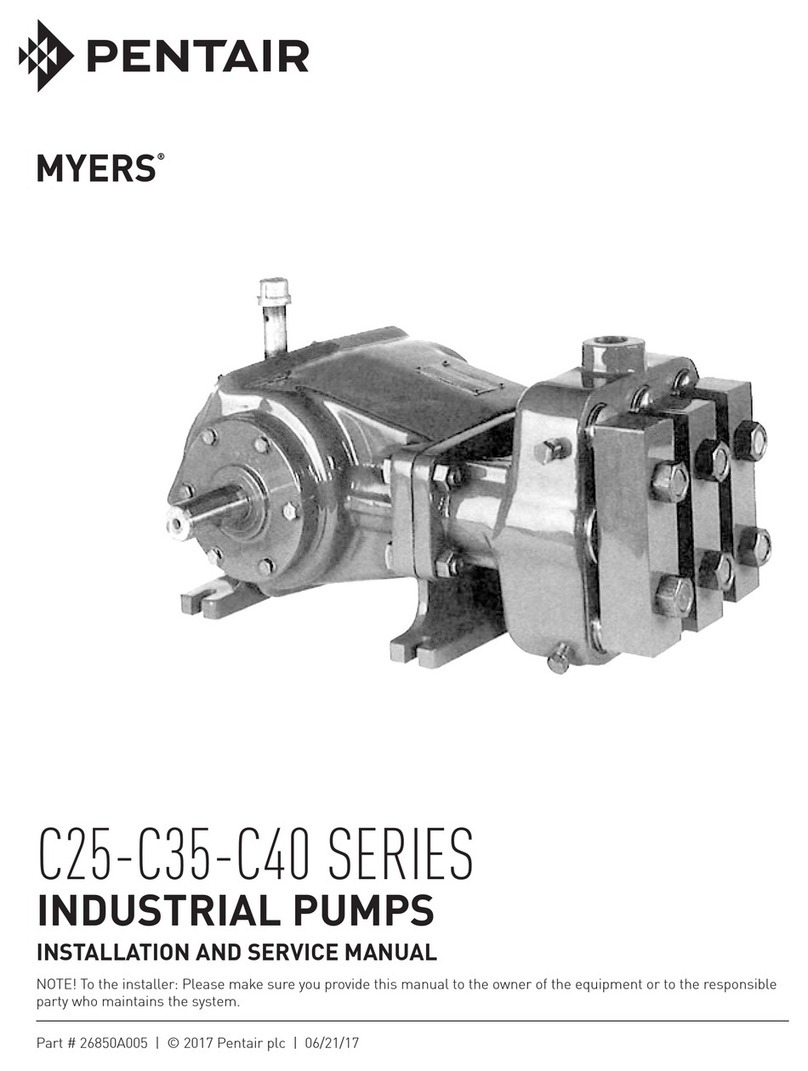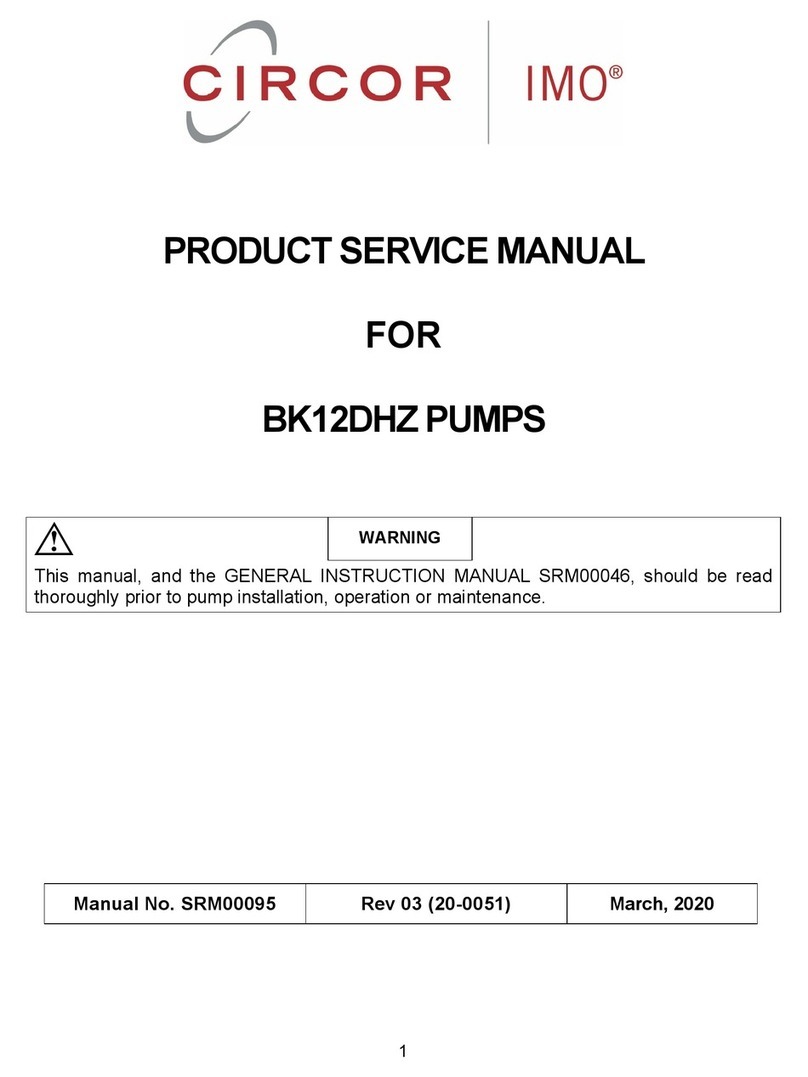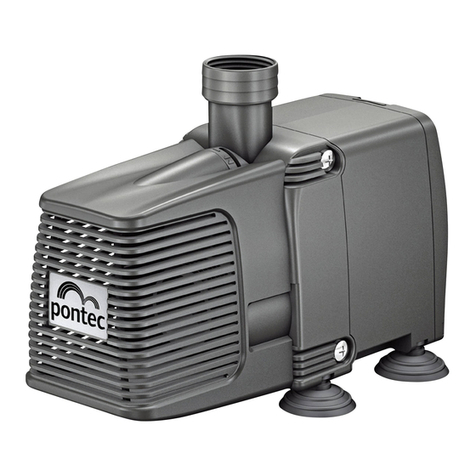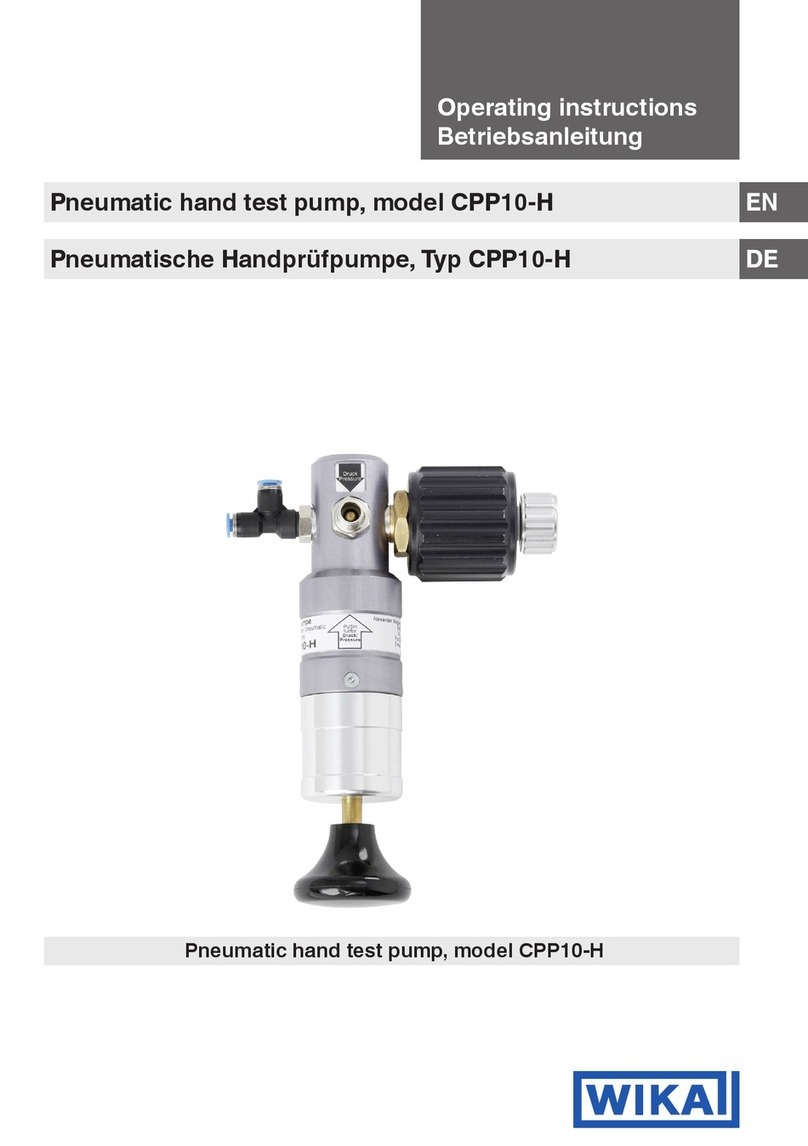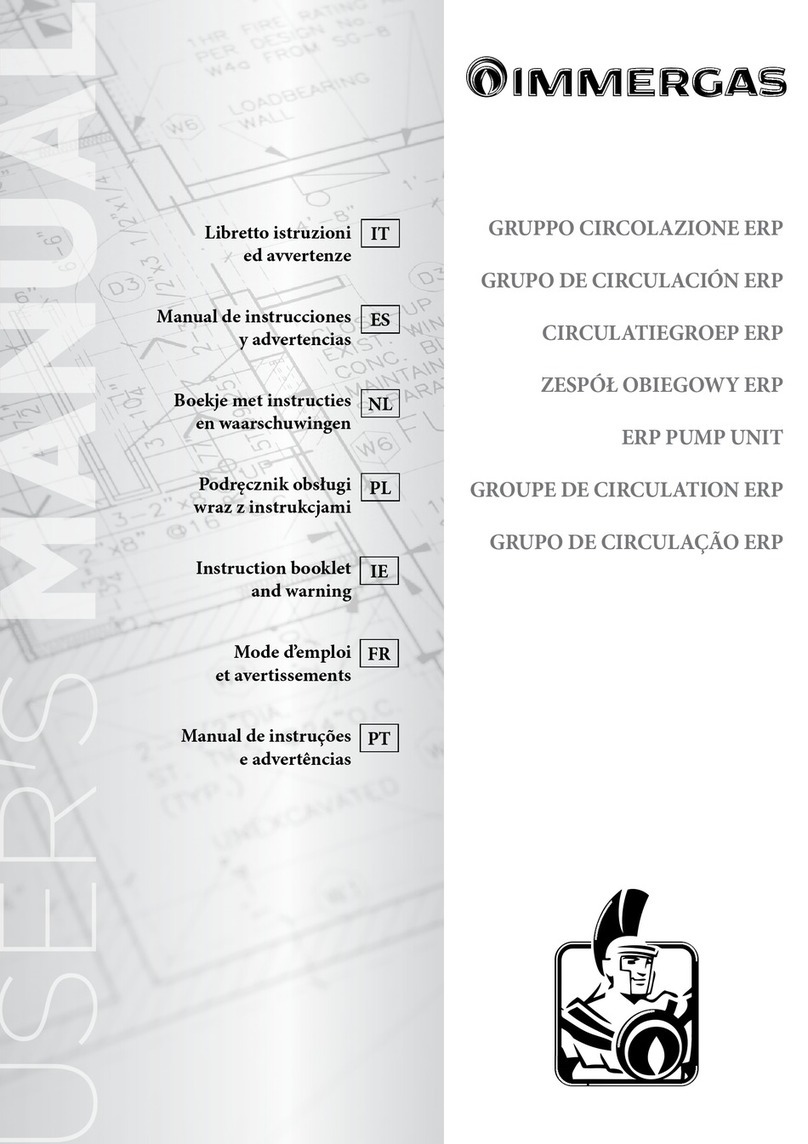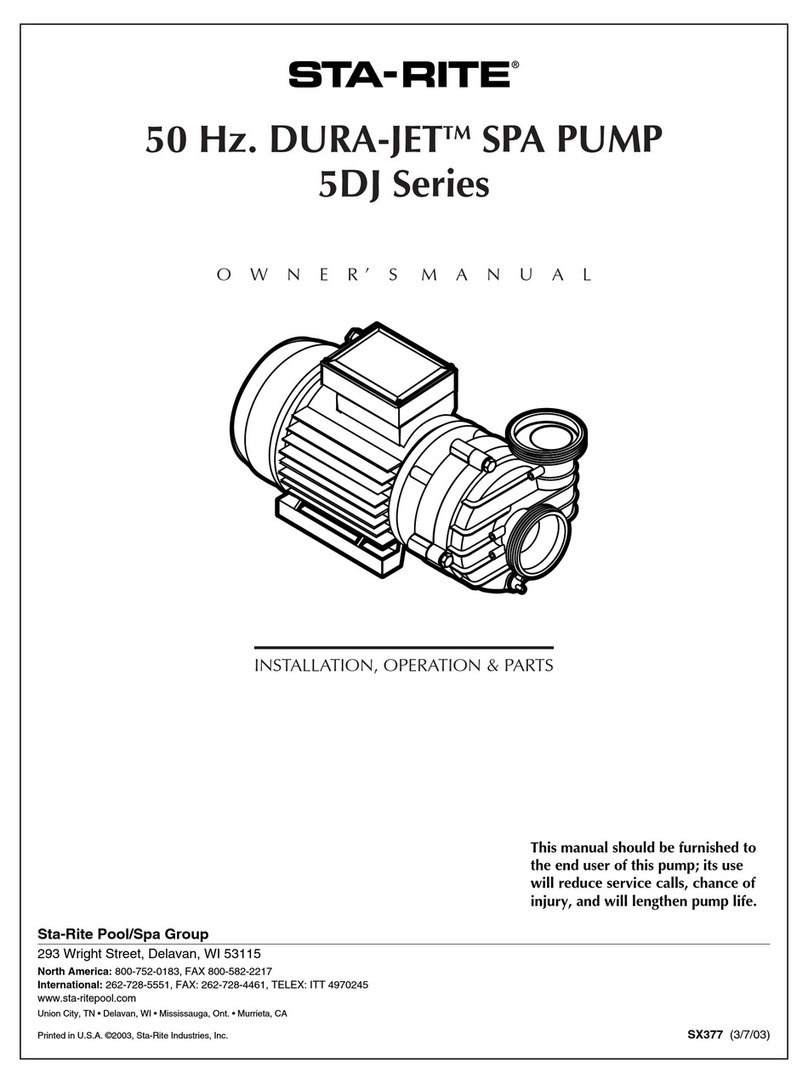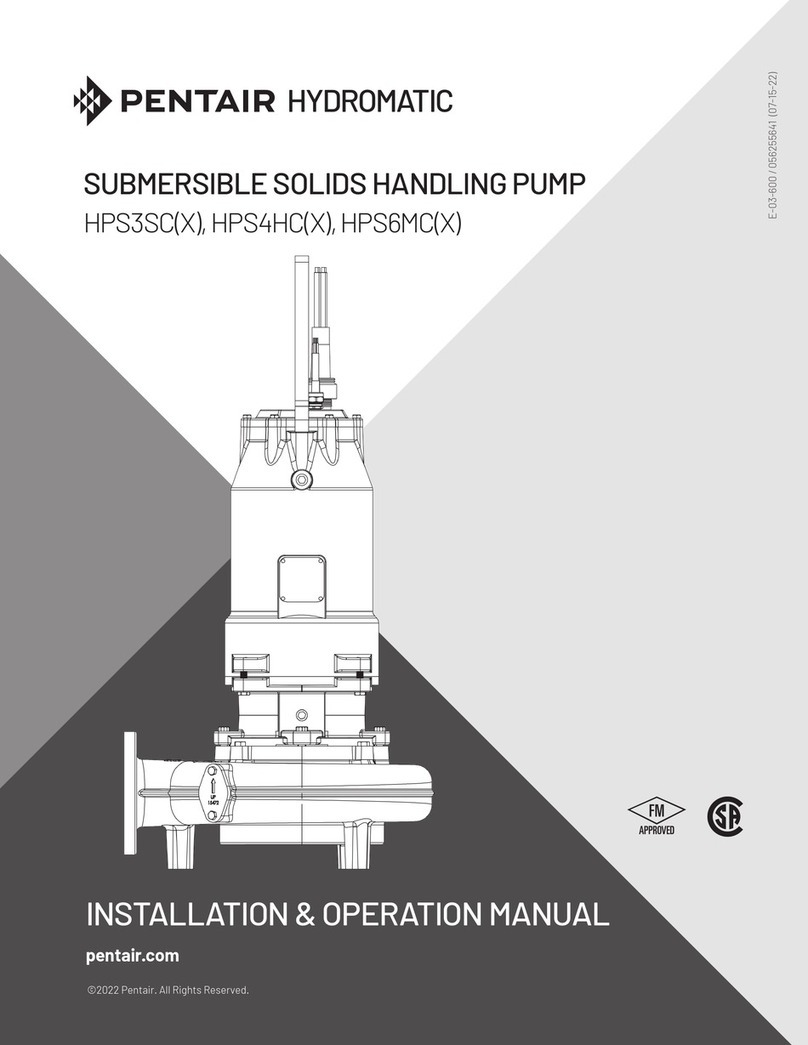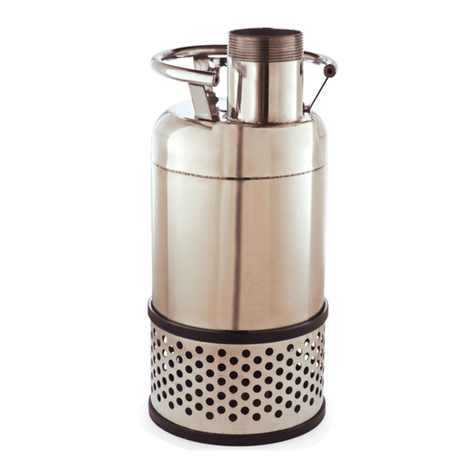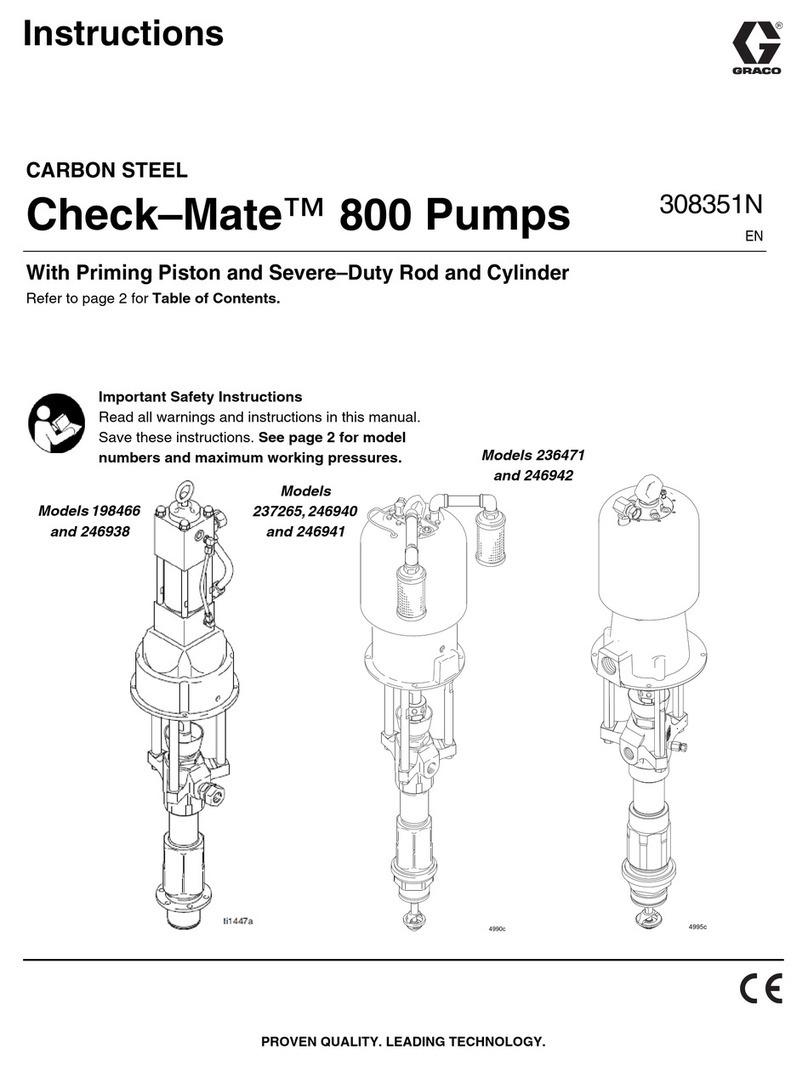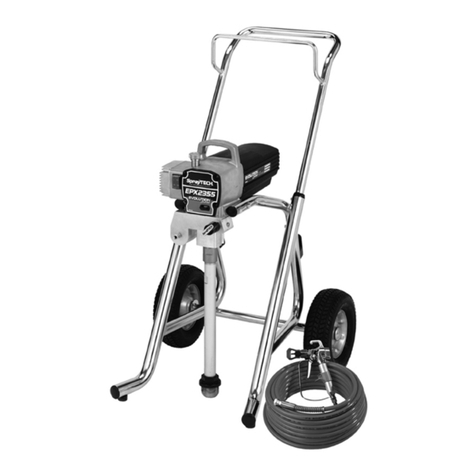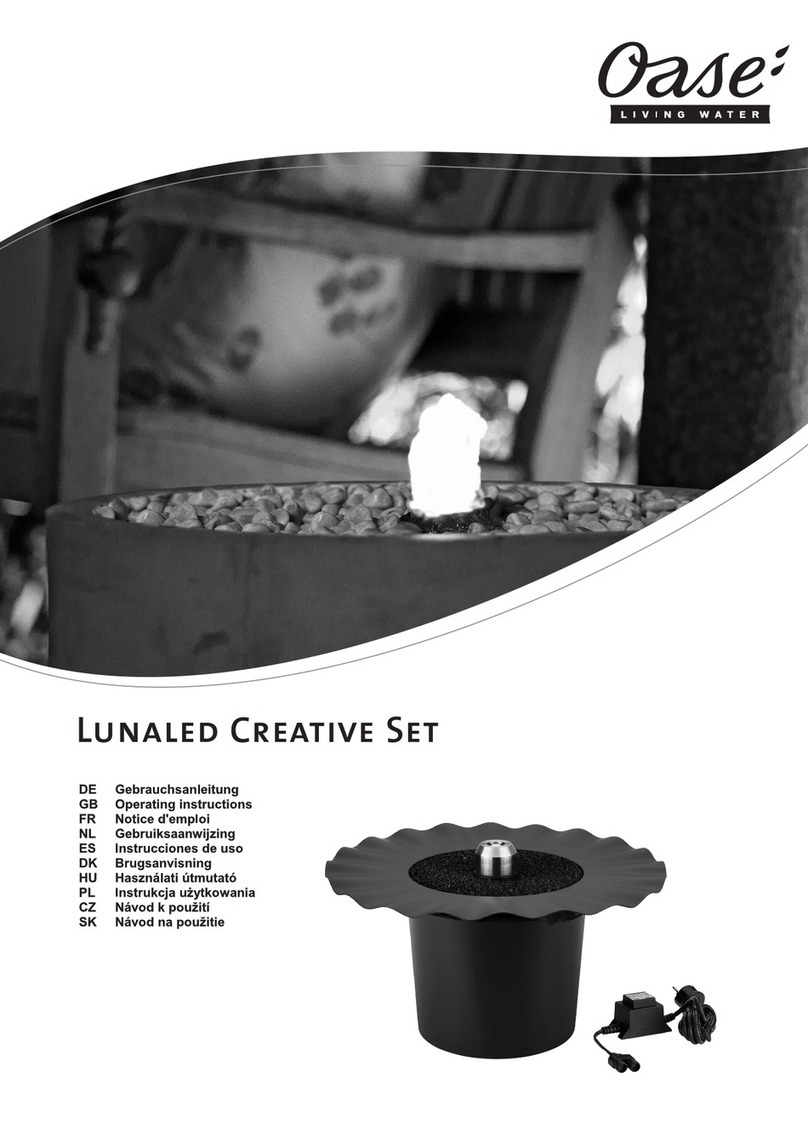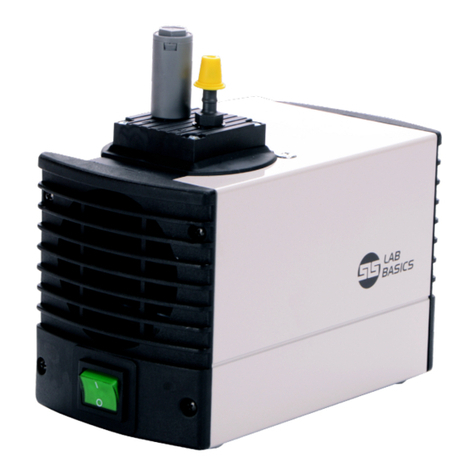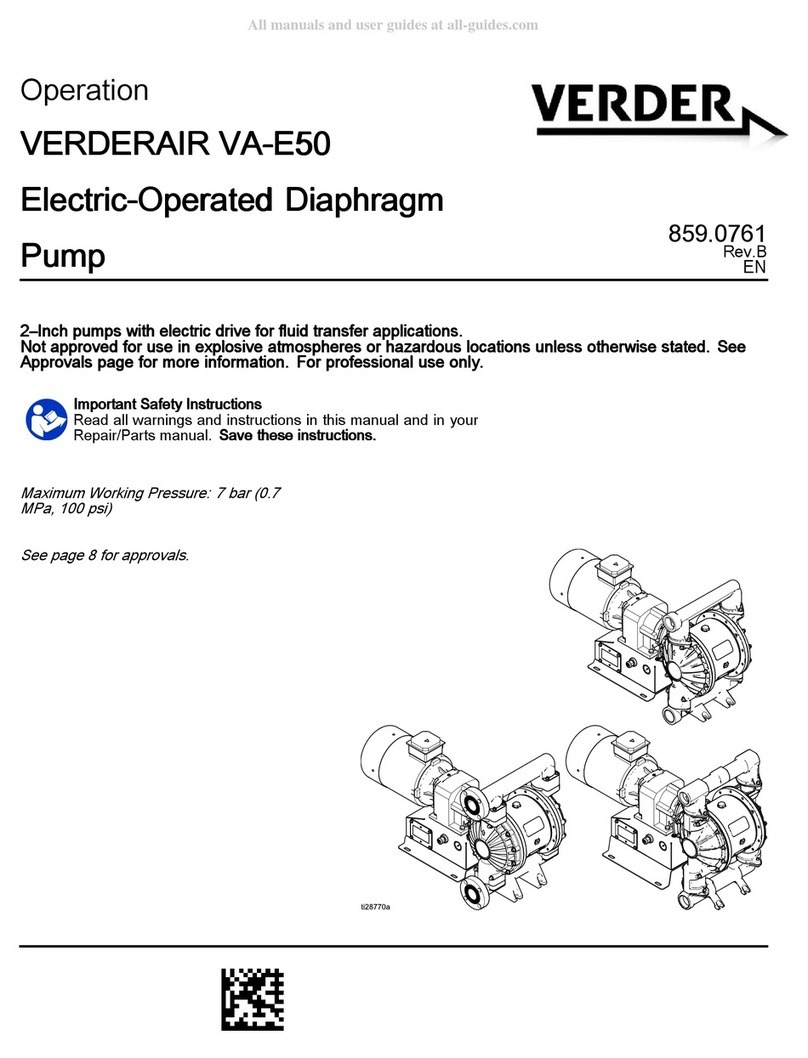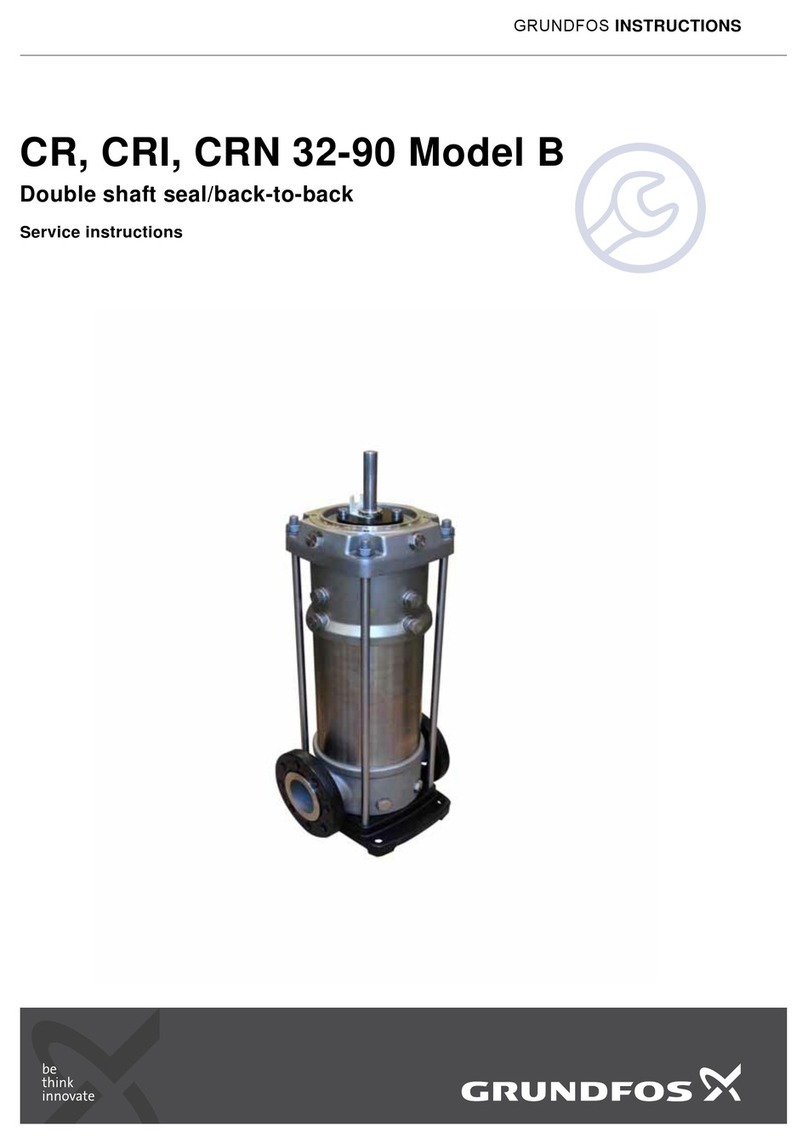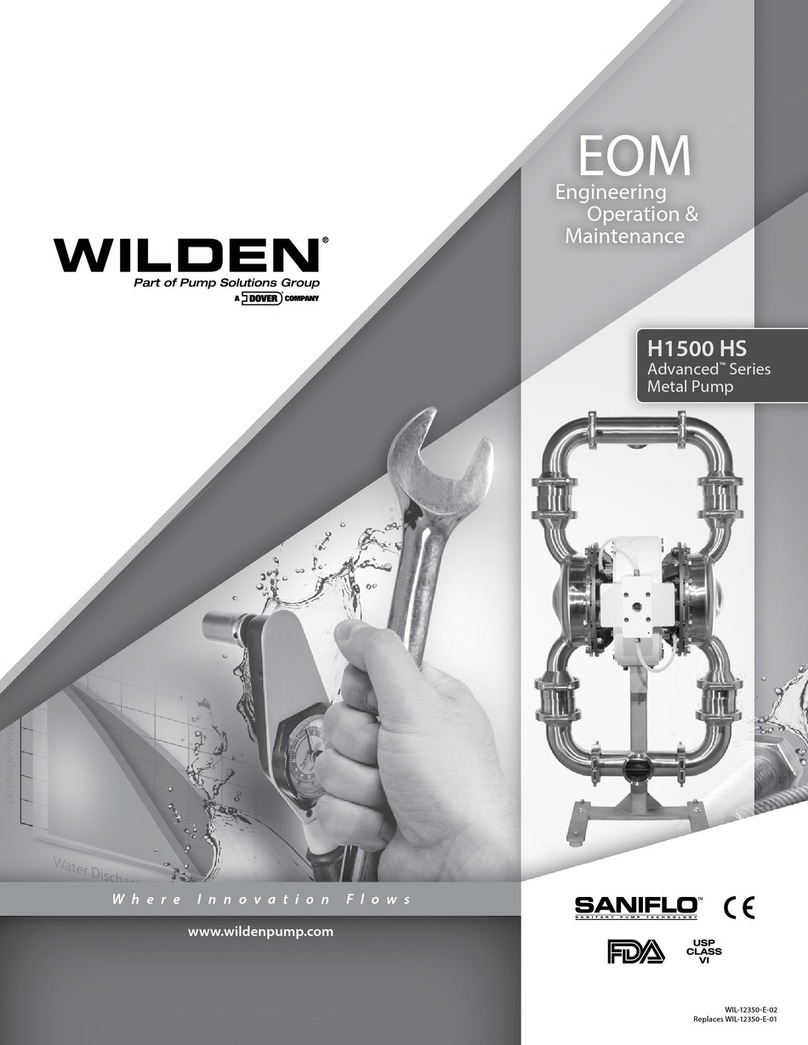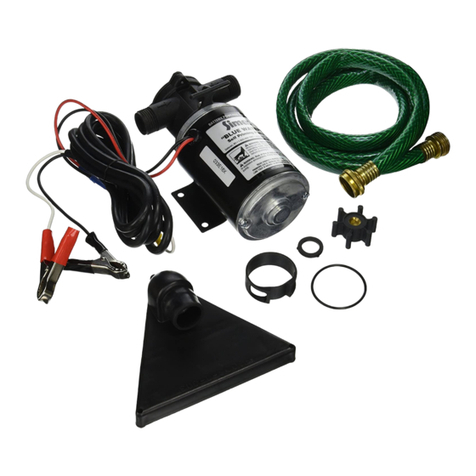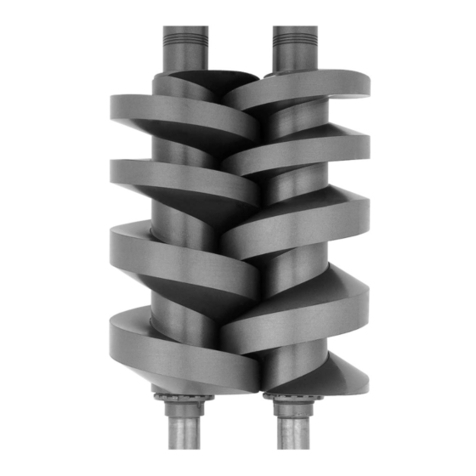6. Repeat Step 5 for each lead.
7. TAPING SPLICE (Figure 1B):
Because friction tape is not water
resistant, never use friction tape on a water-tight
splice. Use Scotch Number 33, or equivalent.
7A.Clean joints and adjoining cable/wire insulation of all
grease and dirt, and build up joint area with tape until it
matches diameter of cable.
7B.Starting 1-1/2" back from the joint, firmly apply one
layer of tape, overlapping about half the previous lap
and continuing approximately 1-1/2" beyond joint. Cut
tape evenly and press both ends firmly against cable.
7C.Apply two additional layers of tape, as described in
Step 7B, beginning and ending 1-1/2" beyond the
previous starting/ending points.
Splice and Cable Continuity Test
Before installing pump check cable and splices as follows
(see Figure 2):
1. Submerge cable and splice in steel barrel filled with
water. Make sure both ends of cable are out of water.
2. Clip one ohmmeter lead to barrel. Test each lead in
cable successively by connecting the other ohmmeter
lead to the three cable leads, one after the other.
3. If resistance reading goes to zero on any cable lead, a
leak to ground is present. Pull splice out of water. If
meter reading changes to "infinity" (no reading) the
leak is in the splice.
4. If leak is not in splice, slowly pull cable out of water
until reading changes to "infinity". Reading will change
to "infinity" when leak comes out of water.
5. Repair cable by splicing as explained under "Electrical
Splices and Connections".
Rotation Check (3-Phase Only)
After satisfactorily completing continuity test, connect
cable to pump controller. Check 3-phase motors for correct
rotation. If necessary, reverse any two cable leads at the
controller and recheck rotation. Permanently mark and
match to control box terminals for future reference.
Connect cable to motor controller and then wire controller
to disconnect switch. Connect temporary jumper wire
between proper terminals in controller to temporarily
energize magnetic coil.
Momentarily engage disconnect switch and note direction
of rotation. The shaft should rotate counterclockwise when
viewed from the top or shaft end of the motor. If rotation is
incorrect, reverse any two wires; mark wires to correspond
with the controller terminal numbers.
NOTICE: Pump is water lubricated. Do not operate the
pump for more than 5 seconds while it is out of water.
INSTALLATION
General
After completing all connections and tests so far, connect
a 5-foot length of pipe to pump.
Lower pump into well with pipe clamps attached to the 5-
foot pipe. Attach a standard length of pipe to 5-foot length
and lower pump CAREFULLY into well.
NOTICE: Do not use a pipe longer than 5 feet for the first
connection. Hoisting pump upright with a long length of pipe
can cause pump misalignment from excessive leverage.
Use extreme care when lowering pump
and cable to avoid damage to cable insulation.
Anchor power cable to pump every 20 feet with adjustable
steel band clamps. Protect insulation from clamps with
pieces of split rubber hose inserted between clamps and
cable. Attach cable to pipe halfway between clamps with
waterproof tape (Scotch No. 33 or equivalent).
NOTICE: Be sure the pump is always submerged, even at
extreme pumping rates. Install pump at least 10 to 20 feet
below the lowest "drawdown" water level and at least 5
feet above bottom of well.
Check Valves
Pump back spin and hydraulic shock can cause severe
damage to pump and motor. Install at least one check
valve to help prevent this.
Install check valve in discharge pipe, not more than 25 feet
above pump. For 6" and larger submersible pumps
installed more than 600 feet deep, install a second check
valve at the pipe joint nearest to the half-way point
between pump and ground level.
3
a.
b.
c. 140 0893
d.
e.












